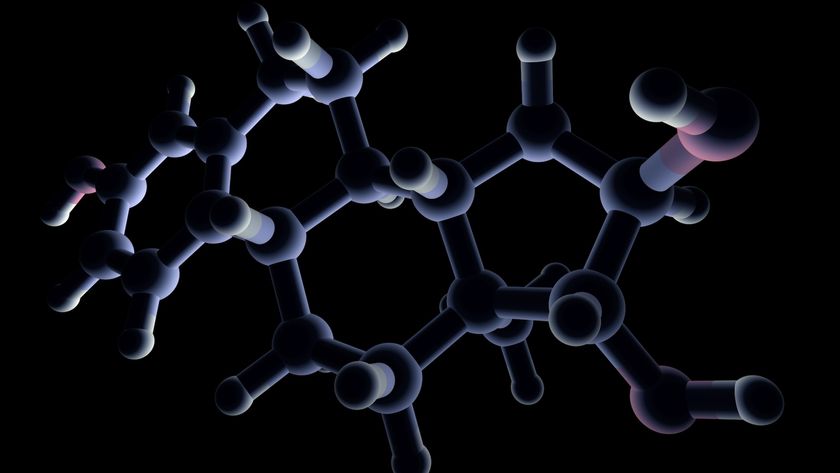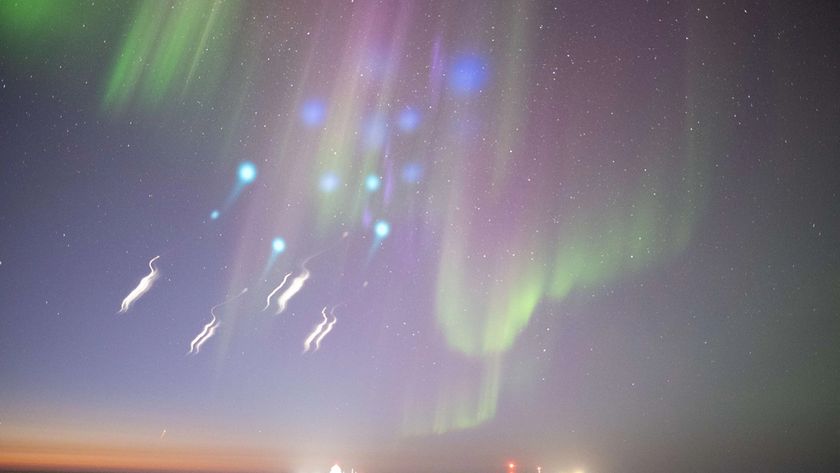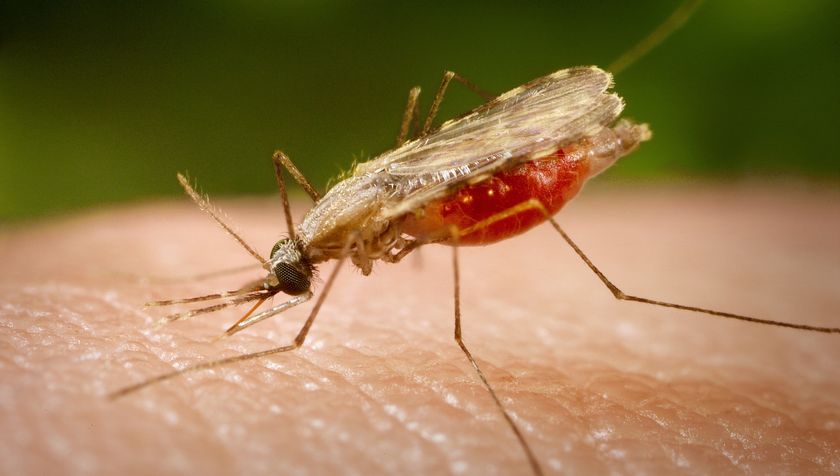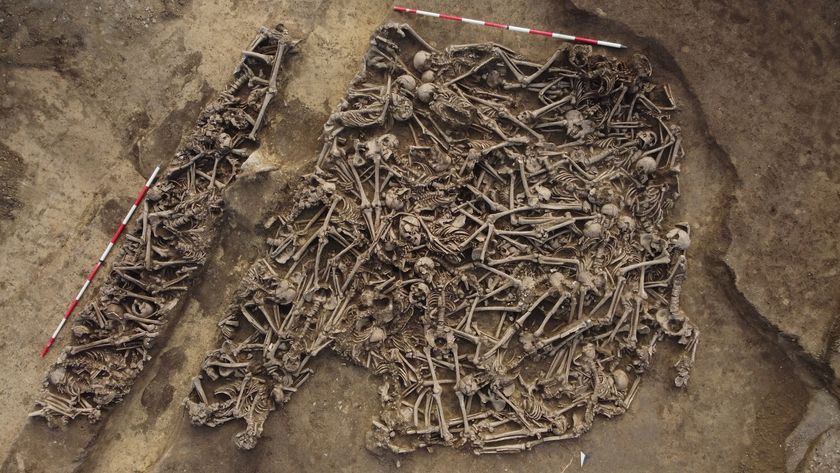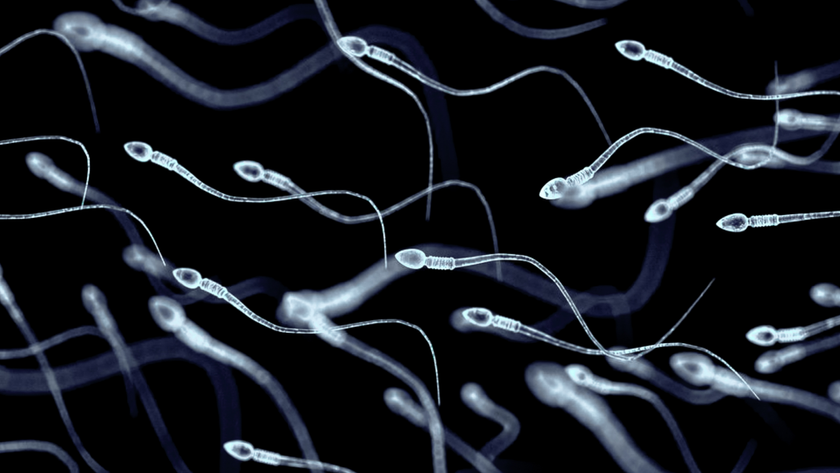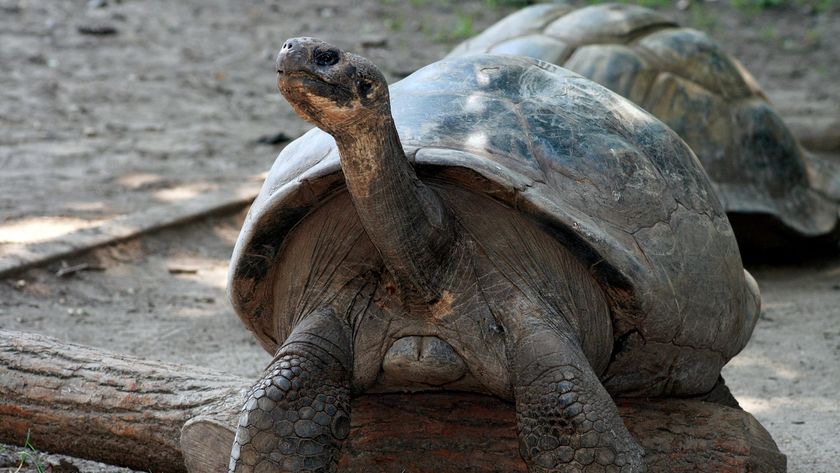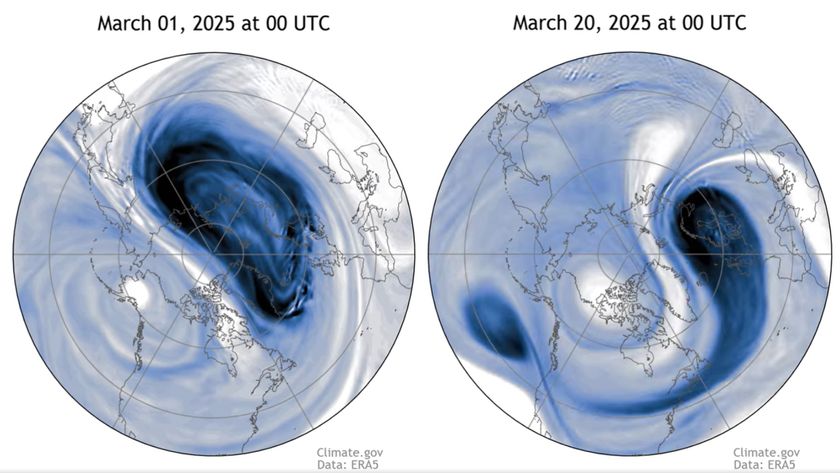Real Christmas Trees 'Greener' than Fake
It may not sound like "tree-hugging," but cutting down a real tree for Christmas is actually greener than going with the artificial kind, one scientist says.
"It is a little counterintuitive to people," said Clint Springer, a biologist at Saint Joseph's University in Philadelphia.
Because of concerns over deforestation around the world, many people naturally worry that buying a real tree might contribute to that problem, Springer says. But most Christmas trees for sale these days are grown not in the forest but on tree farms, for the express purpose of being cut.
Moreover, from a greenhouse gas perspective, real trees are "the obvious choice," Springer told LiveScience.
Live trees actively photosynthesize as they grow from saplings, which removes carbon dioxide from the atmosphere. After they have been cut and Christmas is over, they're usually chipped for mulch. As mulch, the bits of tree very slowly decompose, releasing carbon dioxide back into the atmosphere. So in the end, a real Christmas tree is carbon neutral, putting the same amount of carbon dioxide back into the air as it took out (albeit much more slowly).
The tree farms that grew the trees also replant after the trees are cut.
Artificial trees, on the other hand, don't come out even in the carbon balance. Petroleum is used to make the plastics in the trees and lots of carbon dioxide-creating energy is required to make and transport them.
Sign up for the Live Science daily newsletter now
Get the world’s most fascinating discoveries delivered straight to your inbox.
Because these trees just end up in landfills after a few years' use, "those greenhouse gases are lost forever," Springer said. "There's really no opportunity to recycle those."
Springer said he suspects that artificial trees have become more popular in recent years because they are more convenient.
Adding to incentives to "go real," this Christmas may also be economic concerns, as most artificial trees are produced in China, while real trees tend to be grown on local farms, Springer said.

Andrea Thompson is an associate editor at Scientific American, where she covers sustainability, energy and the environment. Prior to that, she was a senior writer covering climate science at Climate Central and a reporter and editor at Live Science, where she primarily covered Earth science and the environment. She holds a graduate degree in science health and environmental reporting from New York University, as well as a bachelor of science and and masters of science in atmospheric chemistry from the Georgia Institute of Technology.


